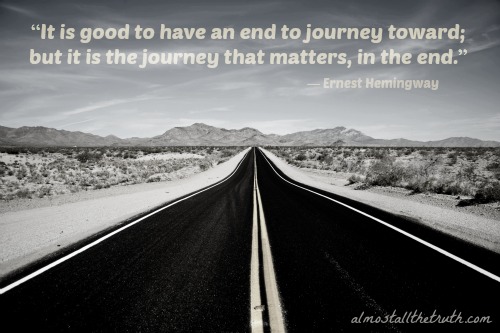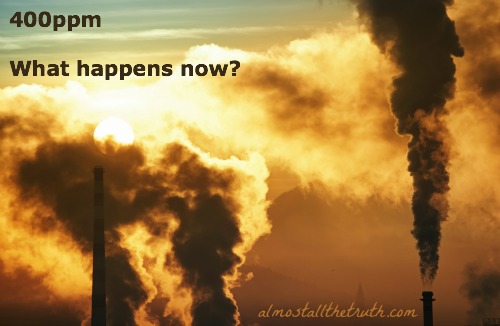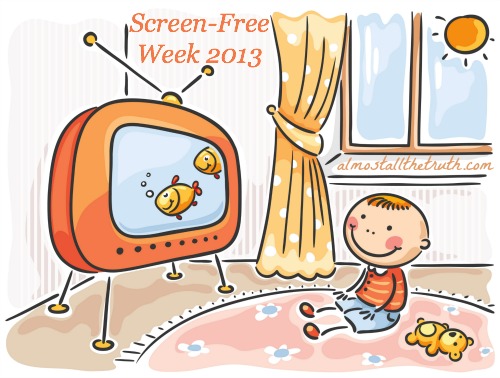Spring is here in all its glory, showing us pops of color after a winter of gray, gray, and more gray. It’s time to throw open the windows, enjoy the fresh air, and make a few green changes around the house in time for the season. Best of all you can easily make some great green changes for free (or next to it!).
The following are a few simple (remember those baby steps!) ideas to try for the season. I am stealing these from some previous posts, so do click through on the pictures for more!
Spring Tree Project
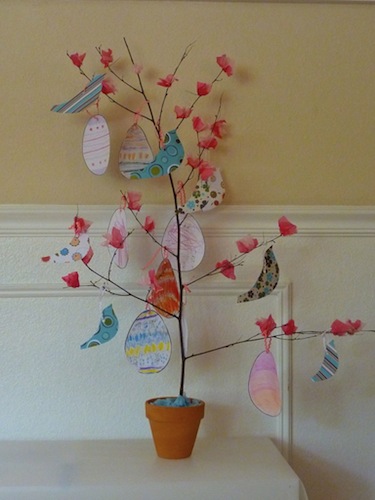
Spring Tree Project
Use your crafty skills, or your kids’, and create something happy, fun, colorful to bring spring into any room using found items. Bringing in nature with a mixture of paper and handcrafted bits make it simple and is bound to lift the mood even when spring showers are working to grow our flowers!
Planning Organic Gardens and Getting Kids Involved
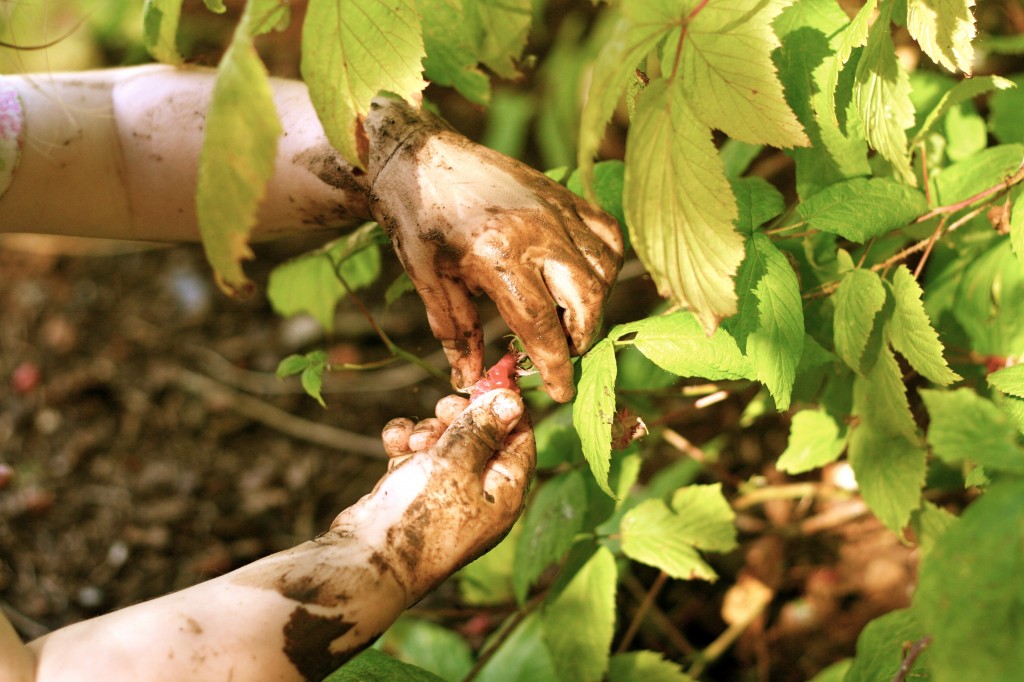
Baby Hands Digging In Soil, Enjoying the Fruits of Her Garden Labor
Depending on your area’s weather and type of garden, you may have already started, but if not it is still a great time to get your kids – even the littlest – involved in planning one. Talk about perfect for the Spring season! Flowers are the first signs of color, new life, and new beginnings. Plant, plan, and most of all get dirty together in the rich soil of our earth.
Butterfly Crafts and Stories

Have you caught your first glimpse of a migrating butterfly yet?
Butterflies are such enchanting creatures and many a child has dreamed of cocoons, growing wings and learning to fly. Their rich colors amongst the deep green leaves or lovely pinks and yellows of Spring flowers turn this insect into magic. There are numerous stories that feature them and my favorite butterfly craft is sure to be a crowd-pleaser for the little ones.
Sun Warmed Clothes for Non-Toxic Laundry
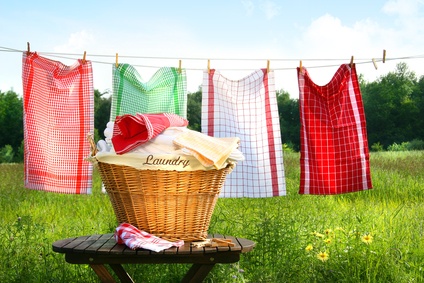
There are a variety of ways to make your laundry room a non-toxic environment, but only one leaves your clothes with the scent only the sun can leave.
The weather is starting to turn. We had many days over Spring Break that were sunny and almost 70 degrees! That is time to start line-drying the laundry. One of the easiest changes to save energy and wear and tear on your clothes from the dryer. Plus, who can resist the warmth of the sun on a fresh load of laundry? If you have to do it anyway, go for the best!
An Eco-Friendly, Non-Toxic Home
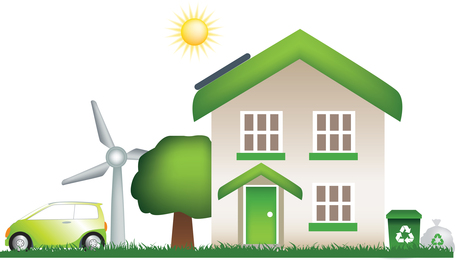
Wish you could own a house as green as this?
While that may be a dream, there is one simple step to take this Spring to make your home less toxic and more eco-friendly without costing a dime: have everyone remove their shoes as soon as they enter the house. Amazing, but true. This small change can make a big impact on the toxins inside your home. Make it easy, make it a rule, just do it!
Green That Spring Clean
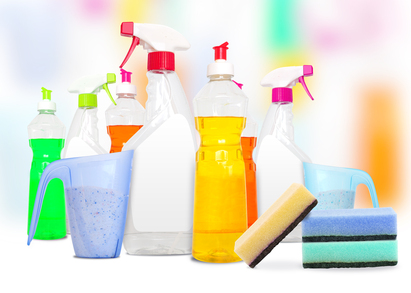
Make all my own cleaners? Yes it can be done, but even one simple change can make a difference!
Homemade cleaners have become the grail of green gurus. It really is amazing what a little baking soda and vinegar can accomplish, but it does take a little getting used to. One little thing may make a huge difference, especially as we start to see some sun streaking through those windows (just don’t worry about those just yet, they can wait): dusting gently with a damp cleaning cloth.
An enormous amount of serious yuckiness from toxins to pesticides resides in the dust sitting on every inch possible. It is important not to sweep it back into the air again and no harsh cleaners are needed, just a little water and reusable rag.
***
Tonight, the Green Sisterhood will be hosting this week’s #ecowed twitter party which will be all about Spring: decor, cleaning, etc. for the green and frugal. Join in at 7pm PST/10pm EST. Follow along with the #ecowed hashtag or check out the discussion through that hashtag in the morning! Hope to see you there!

